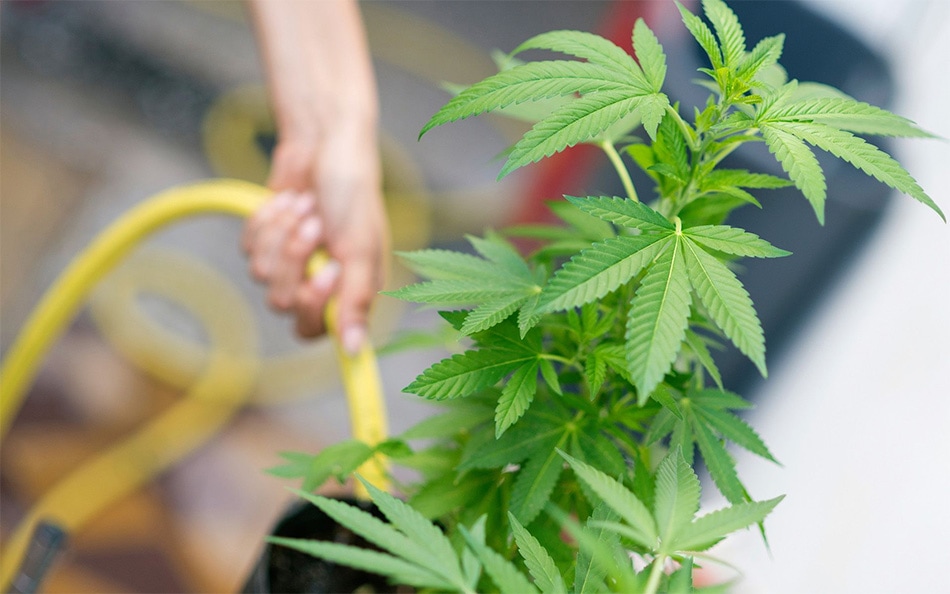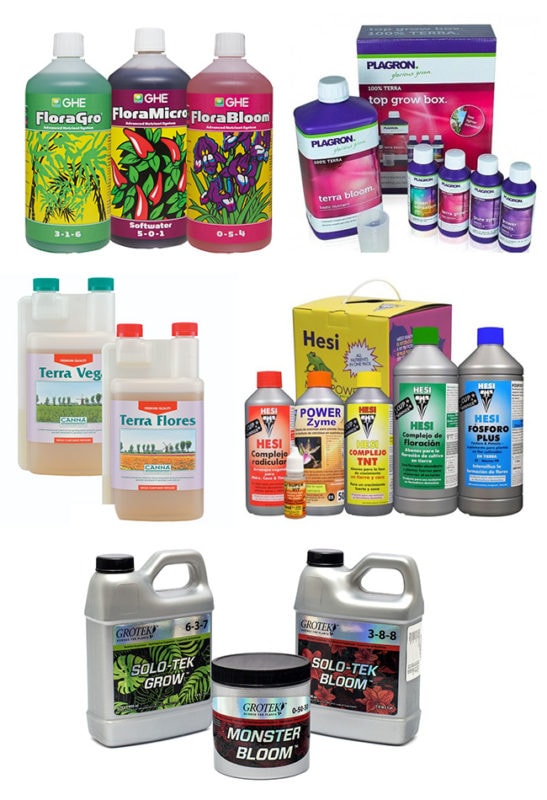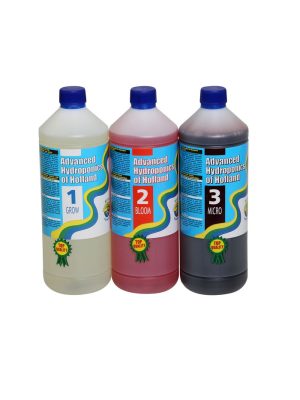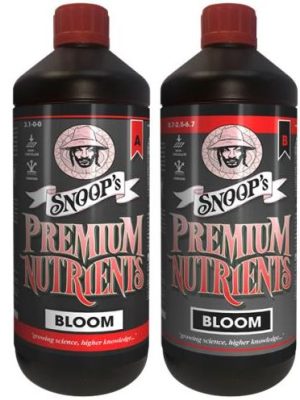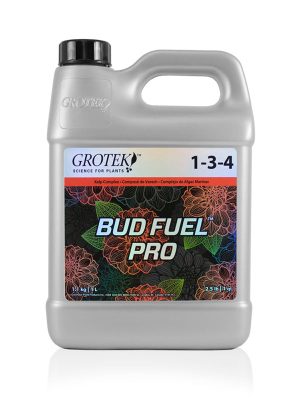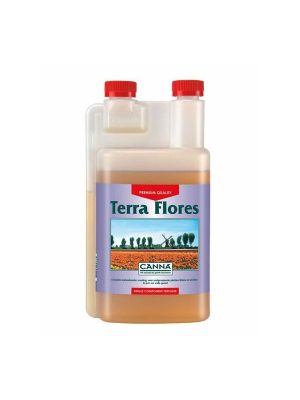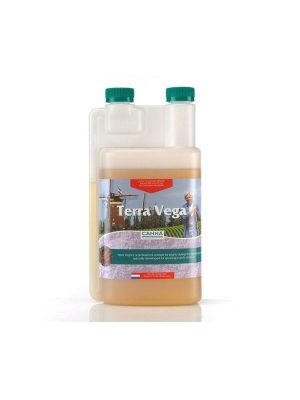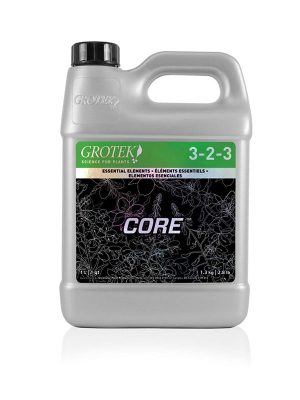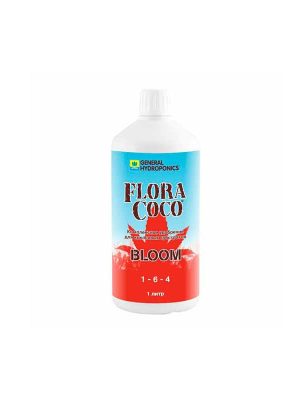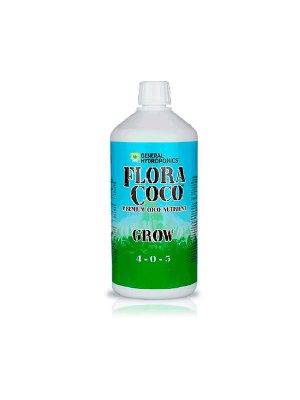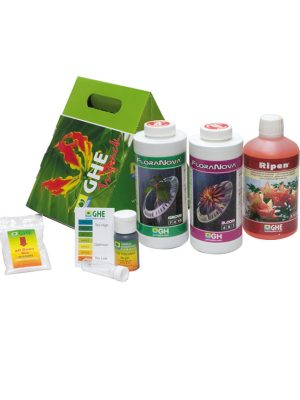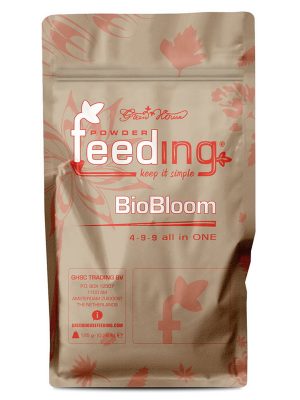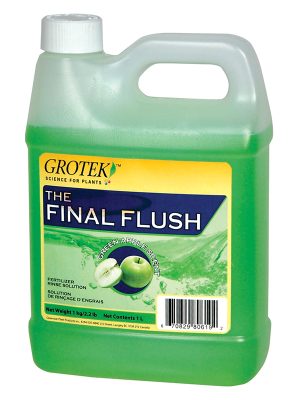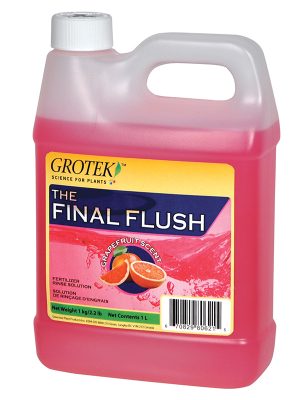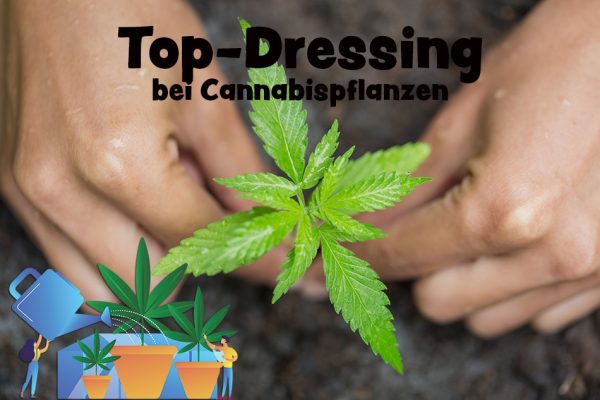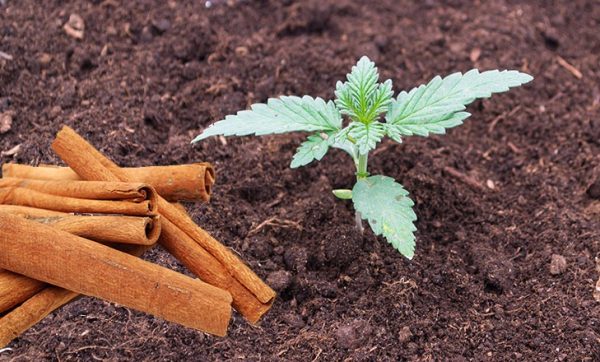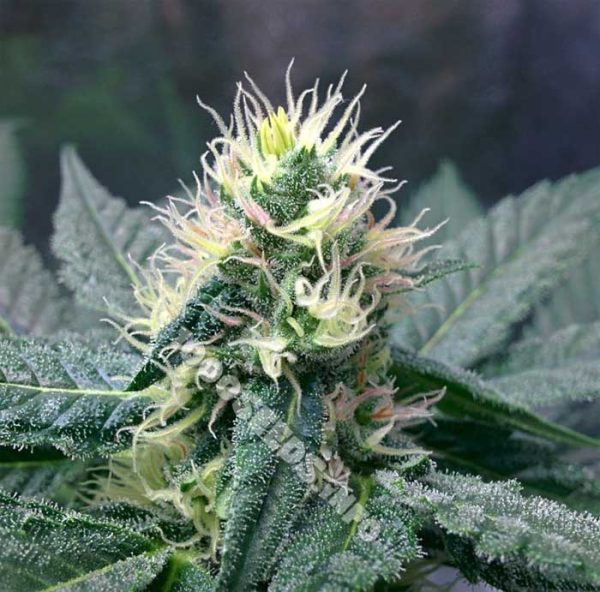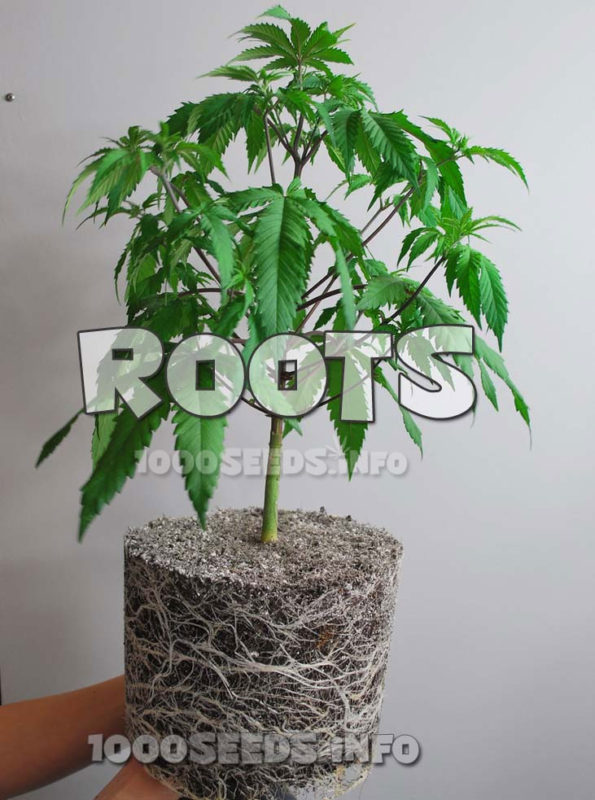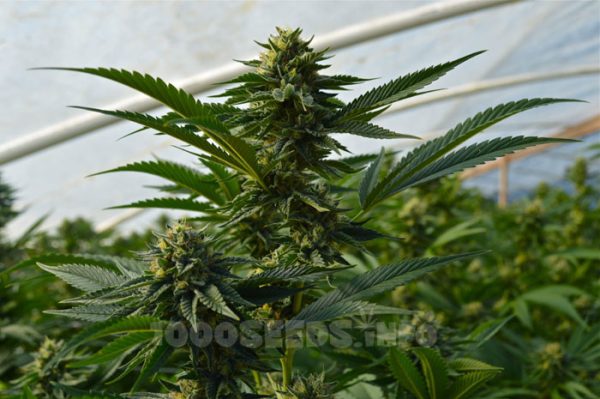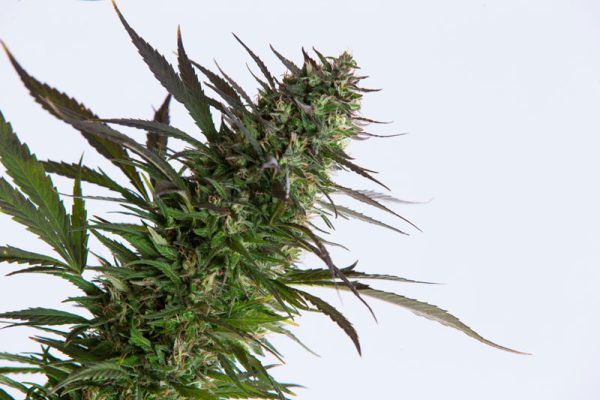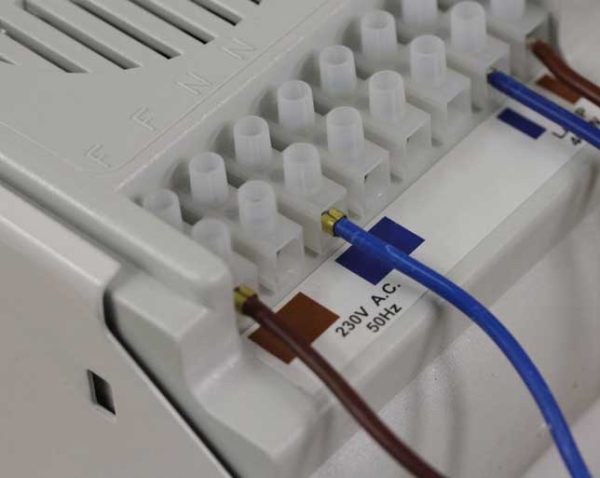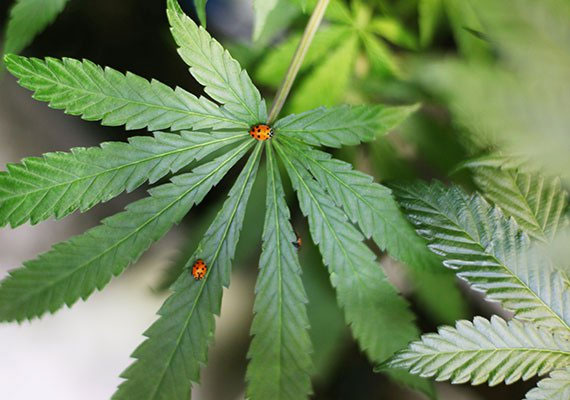Use liquid and mineral fertiliser correctly on cannabis plants
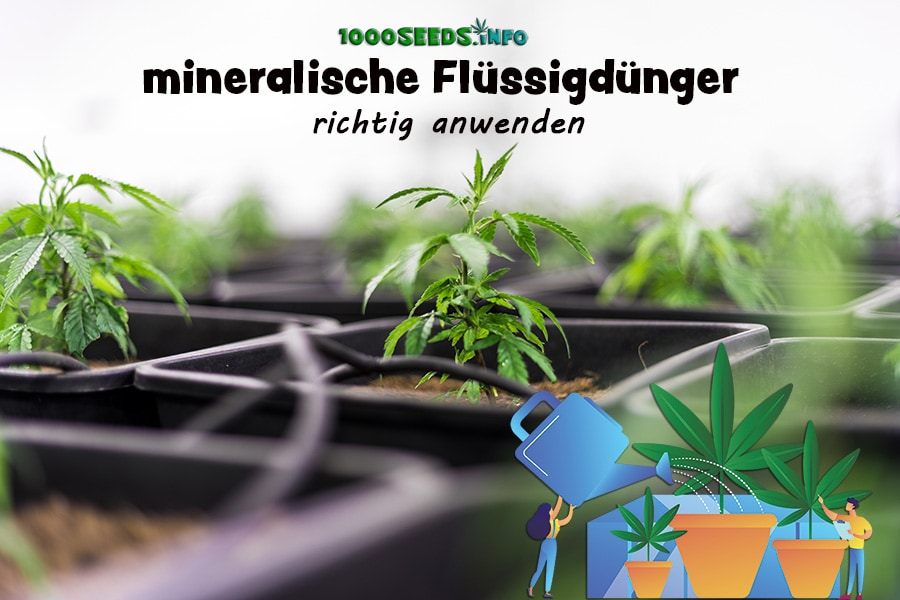
When cannabis plants are supplied with liquid or mineral fertiliser, the nutrients are added to the water in the form of a liquid formula. Cannabis fertiliser contains all the important nutrients that cannabis plants need for their development and later for the production of flowers. Mineral liquid fertilisers can be used in all grow media, as a sole supply or in conjunction with other plant nutrition methods.
When you supply your plants with liquid mineral fertiliser, you start by making a nutrient solution in a bucket, watering can or in the nutrient tank of the hydroponic system when you water. This consists of water and the right amount of the appropriate liquid fertiliser. Liquid fertilisers can be absorbed immediately by the roots. The nutrients contained are given directly to the plant and promote vigorous growth. As fast-acting as mineral fertilisers are, it is also easy to add too much of them and damage the plants. Therefore, always follow the fertiliser manufacturer's instructions exactly and use a measuring cup to ensure the exact dosage.
When growing cannabis hydroponically, liquid mineral fertilisers allow precise control over the application of nutrients and prevent clogging of water pipes or nozzles. When growing on soil, you can easily and quickly give your plants an extra boost with liquid fertiliser, even if the soil itself can no longer provide sufficient nutrients. Liquid fertilisers for cannabis plants are precisely tailored to the needs and enable large and potent harvests.
When should I use liquid fertiliser for my cannabis plants?
When and if you use mineral liquid fertilisers depends largely on the cultivation method you choose. If you choose hydroponic cultivation, mineral liquid fertilisers are primarily used.
When growing on soil, it is recommended to apply liquid mineral fertiliser only every 2nd or 3rd watering. Many varieties, mainly sativas, only need a few applications of fertiliser until flowering. In the last two weeks of flowering until harvest, you should only water with pure water and not use any fertiliser. This helps the plants to break down fertiliser salts that have accumulated and makes the end product taste much better. Apart from that, for health reasons, you should also stop fertilising cannabis plants at least 2 weeks before harvesting to avoid smoking and ingesting residues later on. This is often called "flushing".
Avoid overfertilisation
As already mentioned, it can easily happen that mineral liquid fertilisers are overdosed, resulting in overfertilisation and thus damage to the plant. If cannabis plants receive too many nutrients and mineral salts accumulate in the plant, the plant is no longer able to absorb any nutrients at all (nutrient lockout). As a result, there are even deficiency symptoms, although the plants have received far too many nutrients.
Choose the right fertiliser
Liquid cannabis fertilisers contain particularly high amounts of nitrogen (N), phosphorus (P) and potassium (K). These are the primary nutrients needed for growing plants. However, cannabis has different nutrient requirements during the growing phase than during the flowering phase. Roughly speaking, cannabis plants in the vegetative phase mainly need a high nitrogen content, a low phosphorus content and moderate potassium (e.g. 9-4-5).
The correct dosage of liquid fertilisers
When the plants then enter the flowering phase, they need less nitrogen, but more phosphorus and potassium (e.g. 3-8-7).
Manufacturers such as Grotek, CANNA, Plagron, B.A.C., Hesi or GHE, to name just a few professional brands, develop cannabis fertilisers that are specifically designed for the growing or flowering phase and provide the appropriate nutrients in the right amounts. We recommend always sticking to one fertiliser programme and manufacturer per grow. This ensures that the nutrients are optimally matched and the best results are guaranteed.
Many growers tend to use a little less fertiliser than specified by the manufacturer and see that the plants develop beautifully. However, you should be careful and avoid using more than specified. This usually makes little sense and tends to worsen the result. It is always important to keep a close eye on the plants, the leaves, the colour of the leaves and the growth of the plant so that you can react in time if there is a deficiency or an overdose. However, if you follow the manufacturer's instructions exactly and also pay attention to the pH value of the water, there should be no problems.
Although mineral liquid fertilisers are very easy to use and highly effective, you should also get to know other fertilising methods and options. More on this shortly.






